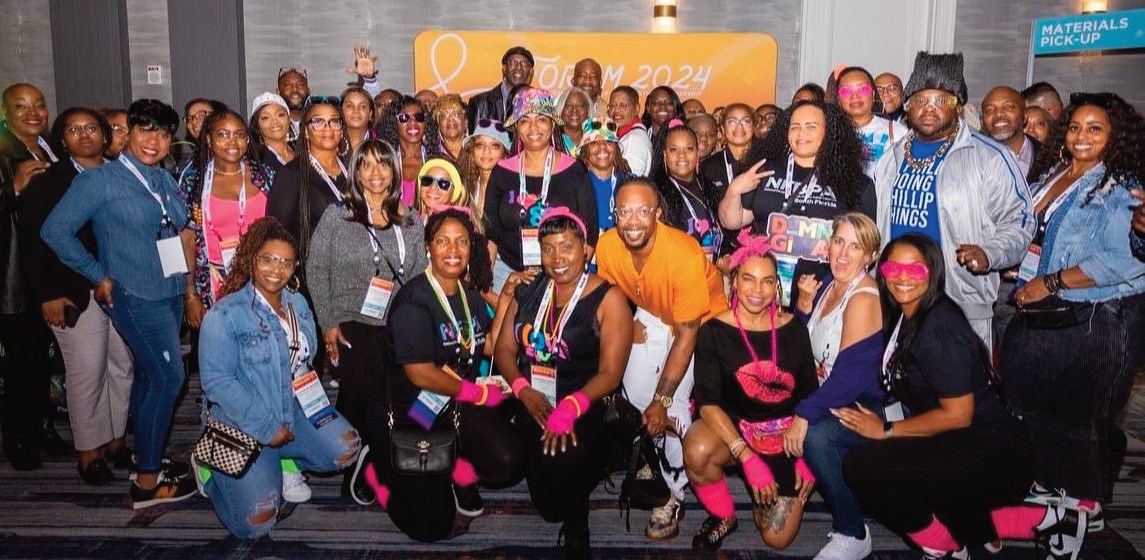Stock Photo
By CATHY HAYES
As women have taken on greater leadership roles in the business world, it’s paid off for both them and business.
A study by the Peterson Institute for International Economics found that firms with women in the Csuite were more profitable. Meanwhile, the number of women-owned businesses grew 45 percent from 2007 to 2016 compared to just a 9 percent growth in the number of businesses overall.
But will all those women leadership in roles change the workplace culture to make it more female friendly – and does it matter?
“As a corporate anthropologist, I’m aware of the recent shift in thinking surrounding how cultures should be restructured in order for women to thrive in the workplace,” said Andi Simon, author of “On the Brink: A Fresh Lens to Take Your Business to New Heights.”
“This has caused me to ask: What type of culture do women really want and is it that different from what men want, too?”
The results of her research were surprising, she said. It turns out, in many ways men and women want similar things in the workplace. Both prefer a strong clan culture that emphasizes collaboration, teamwork and a focus on people.
So what lessons does that hold for women who start their own businesses or are hired or promoted into leadership positions in existing businesses?
“It turns out, in many ways men and women want similar things in the workplace. Both prefer a strong clan culture that emphasizes collaboration, teamwork and a focus on people.”
Based on her personal experiences, and what she’s learned from female business leaders she has interviewed, Simon said some of the ways women can succeed when leading an organization and make the workplace more attentive to the needs of both men and women include:
• Create a culture that blends work and home.
Simon talked with the founder of one company that intentionally took a whole-life approach and didn’t force employees to choose between work and family. “That company won all sorts of local awards for being one of the best places to work in the area,” Simon said.
• Encourage staff to be innovators. Often even the employees who think outside the box are reluctant to act outside the box for fear of repercussions if things don’t work out quite the way they hoped. But for innovation to happen, Simon said, a good leader needs to empower employees to try new ideas.
• Be an adventurer, stay curious. If you expect your employees to try new ideas, you need to be willing to do so as well. Don’t worry about failing, Simon said. “Keep tinkering and trying stuff and sooner or later you’ll hit upon your aha moment.”
In her research, Simons said she’s finding that the women who know how to create success are not just building better businesses; they are changing the way people work.
“The corporate cultures in women-run businesses reflect the personal beliefs and values of the women leading them,”
Simon said. “And those businesses tend to be highly successful.”
cathy@news-experts.com













No Comment